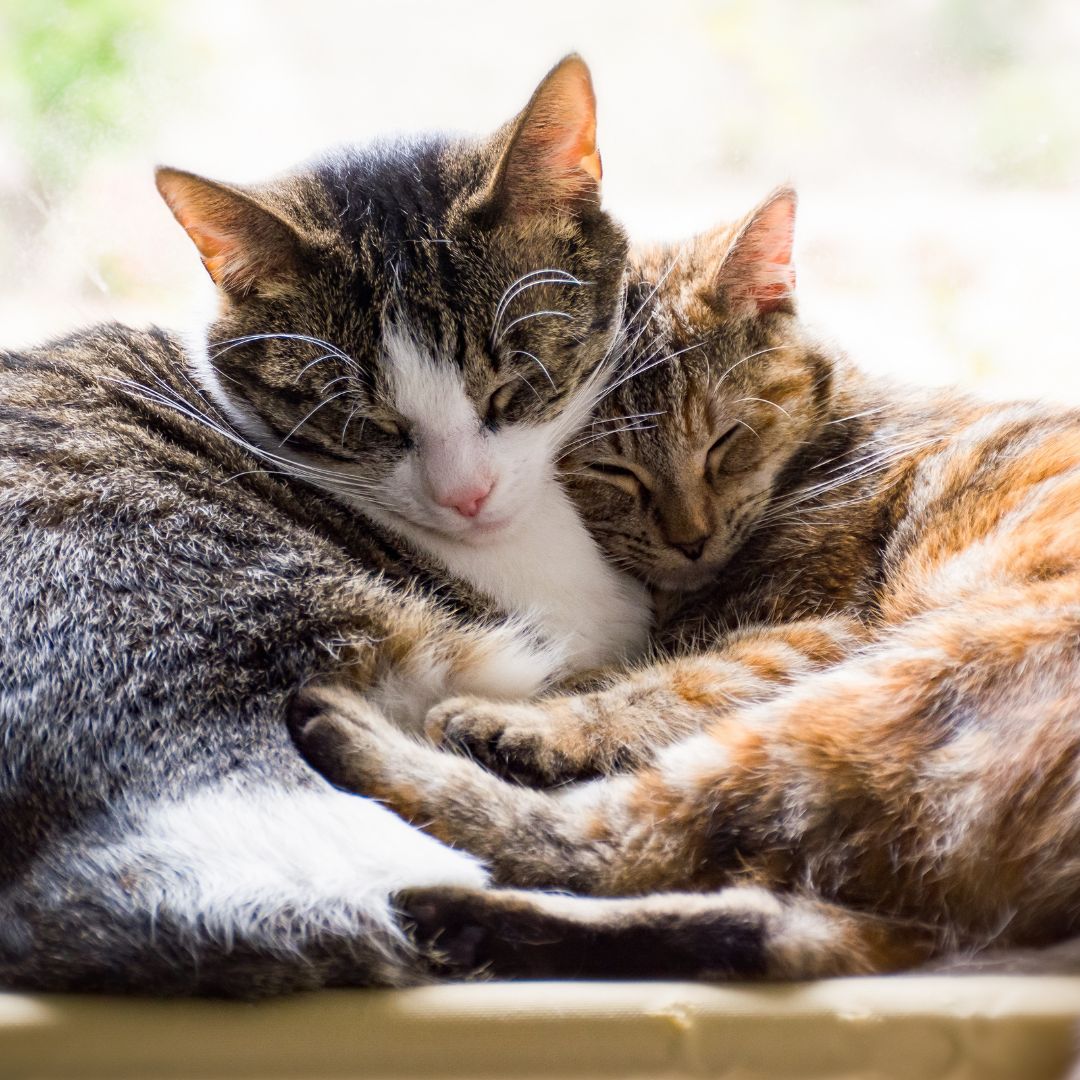
How to properly introduce cats to each other
Share
Introduction:
Cats, known for their independent and sometimes aloof nature, can be challenging when it comes to introducing them to new feline companions. Whether you're bringing a new cat into your home or merging two existing feline families, the key to success lies in a gradual and strategic introduction. In this guide, we'll explore the art of introducing cats to each other, ensuring a harmonious coexistence that minimizes stress and maximizes the potential for a strong, positive bond.
Understanding Feline Behavior:
Before delving into the step-by-step process of introducing cats, it's crucial to grasp some fundamental aspects of feline behavior. Cats are territorial animals that value their personal space. Introducing a new cat can be perceived as a threat to their established territory, triggering stress and potential conflicts.
Scent Exchange (Days 1-3):
The first phase of introducing cats revolves around scent exchange. Cats rely heavily on their sense of smell, and by allowing them to familiarize themselves with each other's scents, you're laying the groundwork for a smoother introduction.
Start by swapping bedding or toys between the cats. This helps each cat become accustomed to the scent of the other without direct confrontation. Additionally, use a cloth to gently rub one cat's scent onto the other, creating a mingling of odors.
Separate Living Spaces (Days 4-7):
During the initial days of introduction, it's crucial to keep the new cat in a separate room, equipped with all the essentials – food, water, litter box, and a comfortable hiding spot. This creates a safe haven for the new arrival and allows both cats to acclimate to each other's presence without direct contact.
Rotate the cats between the separate room and the rest of the house, allowing each cat to explore the other's scent in their absence. This gradual exposure helps reduce anxiety and fear associated with the unknown.
Visual Introduction (Days 8-10):
Once both cats seem comfortable with each other's scent, it's time to proceed with a visual introduction. Prop open the door to the separate room and allow the cats to see each other from a distance. Use a baby gate to provide a barrier, ensuring safety while allowing visual interaction.
Monitor their body language during this phase. Signs of curiosity, such as raised tails and upright ears, are positive indicators. If either cat displays signs of aggression or fear, it's crucial to slow down the process and extend the visual introduction phase.
Feeding Time (Days 11-14):
Gradually create positive associations by feeding both cats on either side of the door or baby gate. This establishes a positive connection with each other's presence as they start associating the sight of the other cat with a rewarding experience.
Over the course of several days, progressively move the food bowls closer to the door, allowing the cats to dine in close proximity without direct contact. This step actively nurtures a positive bond between the two felines.
Face-to-Face Interaction (Days 15-20):
As both cats grow more at ease with each other's presence, it's time to facilitate controlled face-to-face interactions. Open the door, allowing the cats to explore each other in a monitored environment. Be ready to intervene if tensions escalate, ensuring there are multiple escape routes for both cats.
Closely supervise their interactions during this phase. If any indications of aggression or fear surface, revert to the previous step and proceed with the introduction process at a more gradual pace.
Shared Space (Days 21 and beyond):
Once the cats can peacefully coexist during face-to-face interactions, it's time to grant them access to shared living spaces. Monitor their behavior closely during the initial days of shared access, and be ready to step in if conflicts arise.
Ensure there are multiple resources such as litter boxes, food bowls, and hiding spots to prevent competition and alleviate stress. As the cats establish a comfortable routine, gradually reduce supervision.
In Conclusion:
Successfully introducing cats to each other demands patience, keen observation, and a profound understanding of feline behavior. Following a gradual and strategic approach lays the foundation for a positive and harmonious relationship between your feline companions. Remember that each cat is unique, and the timeline for introduction may vary. Stay attuned to their cues, be ready to adjust the pace if necessary, and savor the moments of camaraderie as your cats build a strong bond that stands the test of time.
